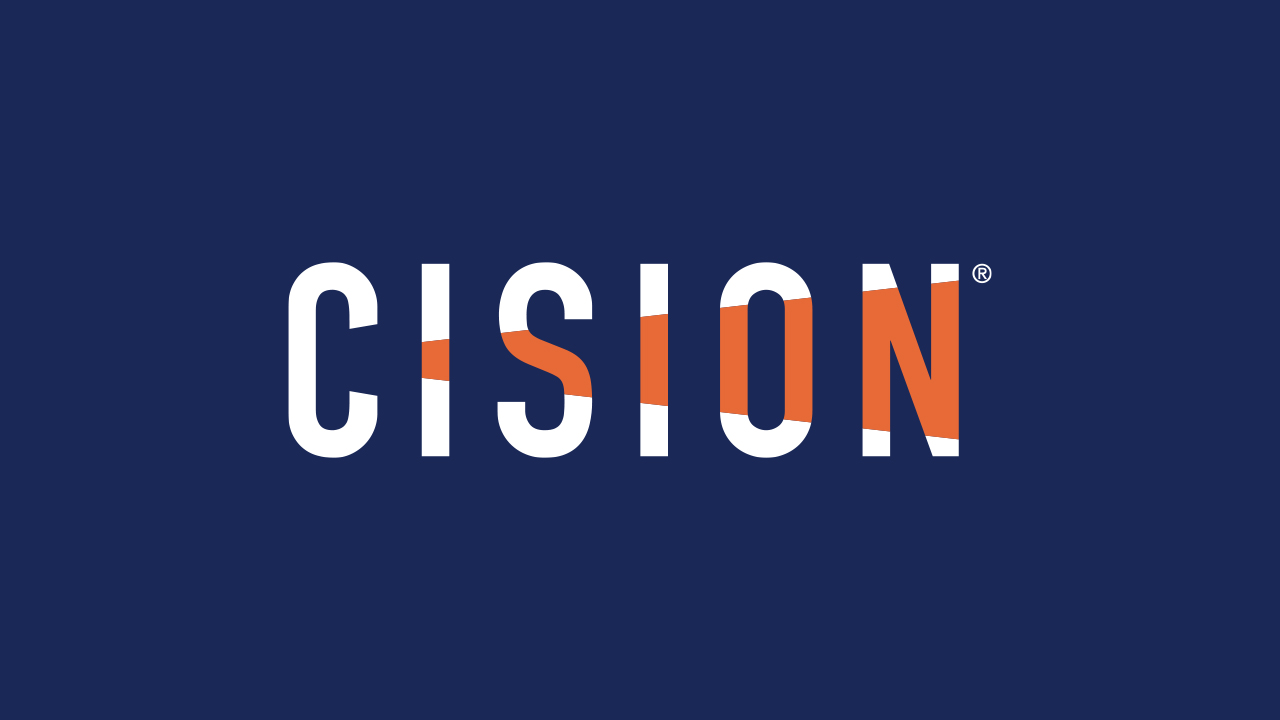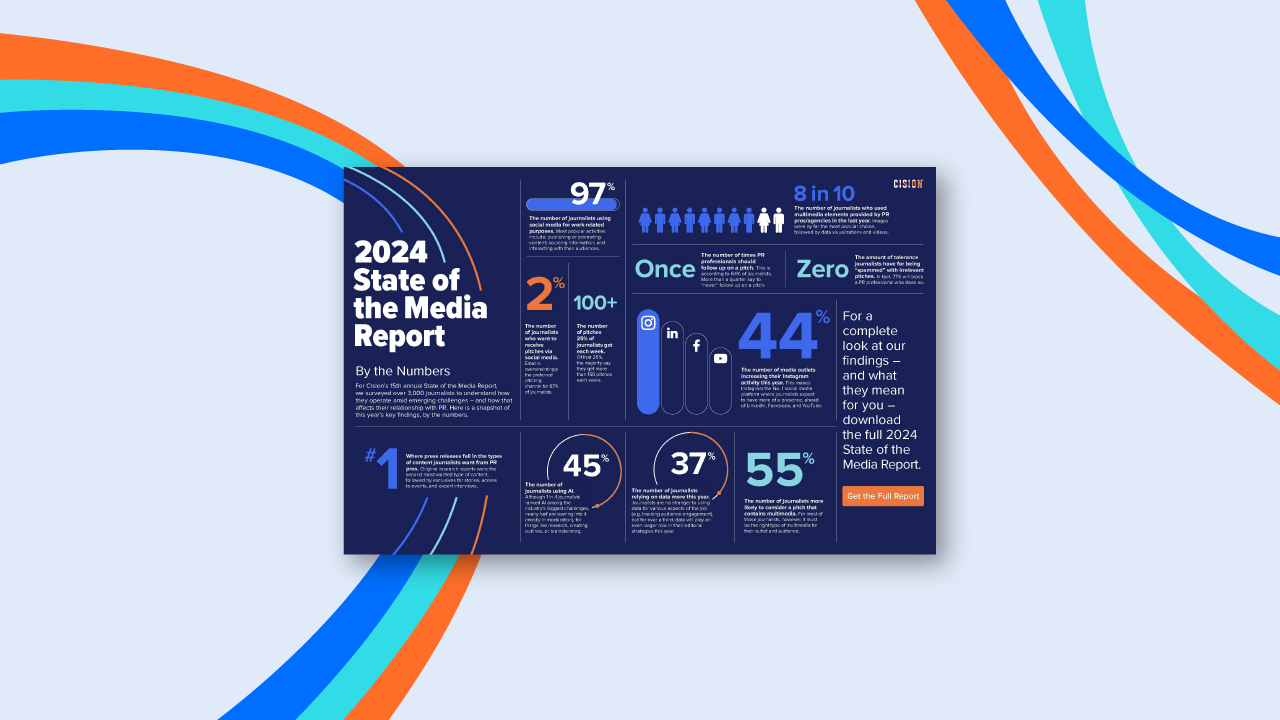There is no doubt that the world is in a prolonged period of uncertainty. The recent fall of Silicon Valley Bank has added to concerns about the economy and questions about persistent inflation. We are still plagued by the constant and louder drumbeat of challenging issues such as climate change, social justice, geo-political crises and, more recently, rapid advancements of artificial intelligence technology and the disruptive impact it is already having on society.
In periods of uncertainty, it may be tempting for organizations to step back and to wait to say anything until the future is clearer. Seasoned experts at Cision and leading strategic communicators know this would likely be a missed opportunity at best, a fatal mistake at worst.
Our team of experts looked back at two consequential moments—the beginning of the Covid-19 outbreak and related shutdowns, and the recession of 2008—to see if these events, and the actions of companies and their stakeholders, provided guidance on how public relations professionals, brand leaders and other strategic communicators should navigate the ambiguity of the day.
The result are two important findings:
- In times of uncertainty, audiences turn to trusted, proven news sources to learn more. In the weeks following Covid pandemic lockdowns in major markets (e.g., US, UK), general news readership (media publications) increased by up to 50% and remained over 20% for months as the pandemic evolved. The largest increases in readership were seen with the largest outlets (e.g., The Wall Street Journal, The New York Times, The Guardian, Mail Online). In addition to an increased number of visitors, these publications also experienced consumers navigating through more pages per visit than average, signalling a hunger for audiences to understand as much as possible about what was happening.
- In times of uncertainty, companies that continue to clearly communicate their strategic priorities, and progress against them, will have stronger brand reputations than those that do not. Cision studied the communications strategies of five multinational automotive manufacturers, looking at frequency, consistency and topical themes, through the recessionary period of 2008–09. Our analysis showed that the manufacturer that consistently communicated progress against its strategic objectives (e.g., product launches, cost restructuring) exited the recession with a much stronger corporate brand image than it had when entering the recession. Furthermore, the strength of its corporate image leap-frogged that of two competitors that had been stronger pre-recession.
These examples, grounded in quantitative analysis of communications and audience sentiment and behaviors, illustrate that strategic communications are as important as ever during times of uncertainty. Themes and messages may need to be revised, stakeholder audiences may need to be evaluated, but organizations should not go dark. Your consumers and stakeholders will be hungry for information from trusted sources and if you do not communicate consistently, through these channels, they may let others complete the narrative or shift their affinity to other organizations in the market.
3 Recommendations for Communicating in Uncertain Times
With decades of experience helping leading organizations develop effective messaging strategies—using comprehensive, real-time data on audience sentiment, perceptions and behaviors—the Cision Insights team has developed three key recommendations for communication during times of uncertainty.
#1. Claim or Reclaim Your Space
Don’t say nothing just because you’re not sure what to say. If you remain quiet, someone else will fill the space for you. It could be a competitor; it could be a critic. Either way, your business or brand has a story and it’s up to you to articulate it consistently.
Uncertain times call for certainty in messaging. Lean into your brand’s equity and identity and orient messaging around these brand anchors.
Even if your paid advertising is being cut, you can always lean into earned and owned media. Distribute press releases or find journalists whose beats align with yours and invite them to tell your story. Many companies and brands have invested in audience development across diverse communications channels—now is the time to use them: social channels, email marketing, existing relationships with media and partners.
Where you can, use relatable human voices and faces (leadership, employees, customers) to speak for your organization; connect with constituencies on a visceral level for greater impact. Humanizing your story is essential for building trust.
Stay top of mind today with a regular cadence of content, so you’re not a stranger when stability returns.
#2. Accentuate the Positive
When the news of the day is filled with actual or tacit reasons to be fearful, it’s time to spotlight the positive stories connected to your brand. If you look for them, you’ll find them.
Again, press releases are key. Not only do they help distribute your brand narrative on a wide scale, but according to the most recent State of the Media survey, they are considered one of the most trustworthy resources for validating information among journalists. Leverage them to communicate about what’s going well and broadcast current successes. Distribute your official statements to strategically targeted outlets, syndicate them via trusted wire services, publish them on your brand website and link to them from posts in social media channels and in emails to the audiences that matter most.
Center on innovation and the future for your business or brand in order to telegraph endurance and confidence, as that’s exactly what is needed when times are uncertain, whether you’re addressing consumers or shareholders or partners or staff. Show the world that you’re in it for the long haul.
Consider evergreen content that demonstrates alignment with your brand’s values, as values are what will ultimately mean something to key stakeholders.
It’s been said that brand trust is built in drops and lost in buckets; bad news hurts much more than good news helps. A recent Cision study of a major tech brand found that negative media coverage had three times greater impact on brand reputation than positive coverage. And in business, financial performance is directly related to reputation.
The best way to get ahead of potential industry or business missteps and the negative media that follows is to broadcast your brand’s purpose in a proactive and consistent way. And to make sure you’re making the right communications decisions, make sure strong data is your guide.
Data from Cision’s technology sector shows increased opportunities for positive messaging in the wake of the pandemic—so acting before the story rather than during or after may be an especially useful way to build trust in your brand.
Craft strong press releases that enable you to drive the narrative and distribute them with a strategic cadence—especially when budget for paid media isn’t there. Take advantage of a trusted wire service to syndicate to a wide audience (cited as the most trustworthy resource for validating information among journalists, according to the State of the Media survey), while simultaneously conducting focused and personalized media outreach. Use social media campaigns to share your company’s story with positive language and visuals.
#3. Ground Yourself in Impactful Data
Data-driven decision-making should always be the standard operating practice. When financial, geopolitical, or natural disasters dominate the news (and news feeds), analytics become more valuable to strategic communicators.
The collection and analysis of comprehensive, real-time data on audience sentiment, perceptions and behaviors can drive essential messaging to the key audiences you wish to influence.
Knowing who your audience is and where they can be reached is only part of the equation. Another key component is knowing what’s being said about your brand and the sentiment being associated with your brand: outputs (what influencers are saying), outtakes (what people are thinking) and outcomes (the actions they’re taking).
With ongoing monitoring and analysis, public relations and strategic communications professionals are able to identify changes to the baseline of brand reputation and act accordingly.
If you don’t know enough about where your brand stands in the eyes of key stakeholders, now is the time to start building a data set that supports your messaging.
Gut feeling isn’t enough. When pressure is high, so is emotion. Having data to validate decision-making is a good way to make sure you’re making the right decisions.
Customers, investors and coworkers are looking for assurance that the storm of uncertainty will be weathered and that there is a light at the end of the proverbial tunnel.
You can’t control the market or the weather, but you can own your story, build enduring trust with key stakeholders and influence perception of your brand.
More Expert Insight for Communicating in Times of Uncertainty
Want to learn more about how to apply these lessons to your own strategy? At Cision, we take the time to learn about your team’s goals and challenges, and work with you to build a strategy that enables you to own your story and build trust with key stakeholders. Speak with an expert today.







